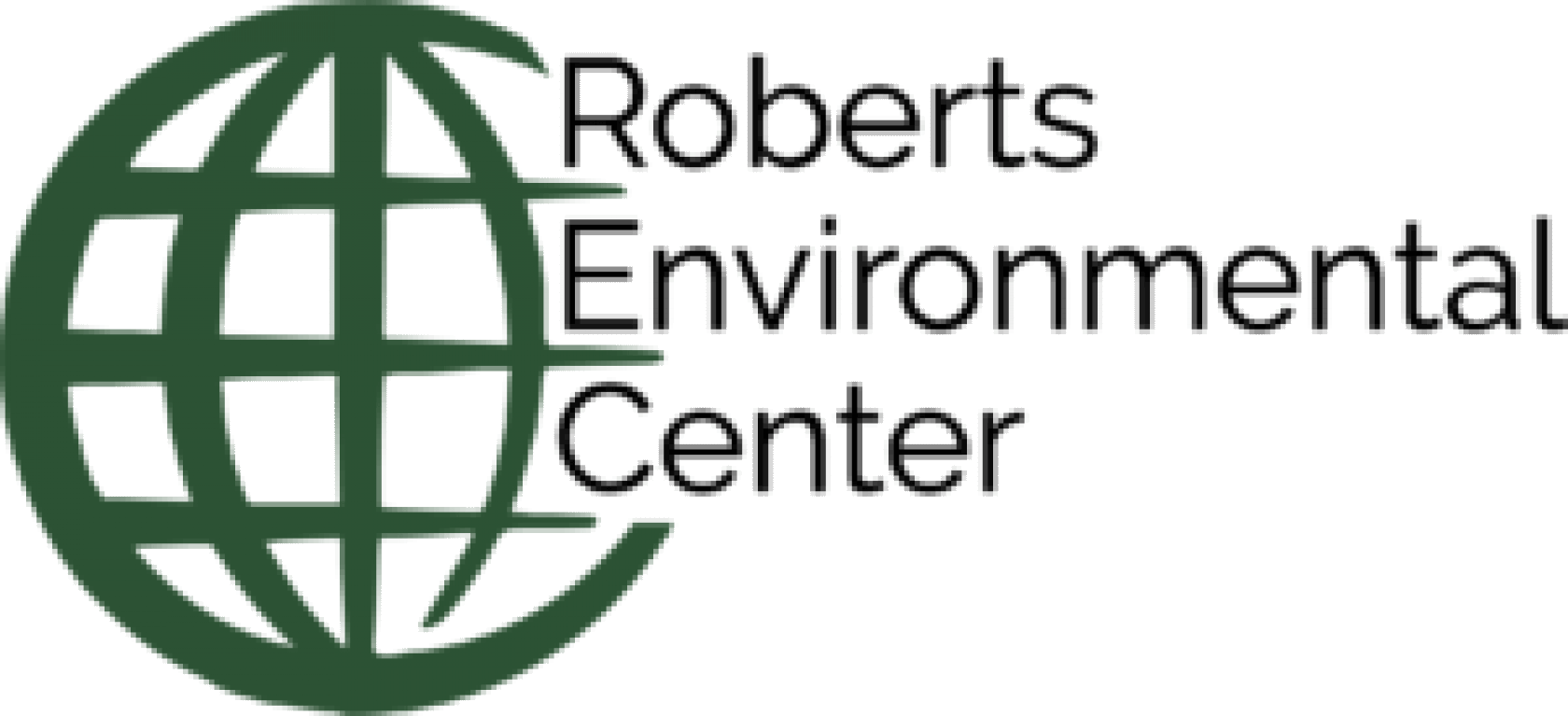Natural Sciences
2019- 2020 Academic Year Student Projects
San Gabriel Valley Air Quality Analysis
The Natural Sciences team will be building off the skills and experience gained from the Mark Keppel High School air quality analysis project and undertaking a larger project that would include all PurpleAir sensors currently active within the cities of Alhambra and Monterey Park. This project is being done in collaboration with the Asian Pacific Islander Foreward Movement, and the South Coast Air Quality Management District along with support from the QCL and professors at the Claremont Colleges. The project will attempt to discover patterns in the air quality data and will hopefully provide results that can be used to inform policy decisions in the future.
Chaparral Elementary School Curriculum Creation
In collaboration with the Policy and Outreach team, we will be creating a specific air quality lesson for a sixth grade class at Chaparral Elementary School. We will also be implementing a campaign that pushes for the creation of an Idle-Free zone at the school and will be involving students in the process. The goal of the project is to inform students about how every day actions influence air quality in their community and what they can do to help.
Channel Islands Isoscape
A few members of our team are working with Professor Branwen Williams to analyze the nutrient isotope levels of deep-sea corals found in the Channel Islands off the coast of Southern California. This will provide insight into the location and temporal changes of coral nutrient sources. Nutrient mapping through isoscapes is valuable when addressing changes in the composition of the sea floor, coral health, and even oceanic current disruptions, possibly linked to a changing climate.
2018- 2019 Academic Year Student Projects
Channel Islands Isoscape
In collaboration with Professor Branwen Williams–Associate Professor of Environmental Science, W. M. Keck Science Department–we are creating a map of nutrient sources in the Channel Islands of Southern California. Upon receiving deep-sea coral samples, isotopic data will be collected via wet-lab methods. To understand the nutrient dynamics in the Channel Islands, we will create an isoscape: a spatial prediction of isotopic ratios based off geographic location.
REC Research Station in Collaboration with Mono Lake Committee
Mapping Dana Glacier: Through photo documentation, GPS monitoring, and mountaineering, we will collect information on size, magnitude, and location of glaciers on the eastern border of Yoesmite National Park. The data will inform predictions on the lifespan of the glaciers.
Outdoor Environmental Education: We will create and implement an environmental education curriculum for Mono Lake Committee’s Oudoor Education Center program, a summer experience which teaches Los Angeles high school students about the science, policy, and history of their water.
Temperature monitoring of Grant Lake Reservoir: At Grant Lake Reservoir and Rush Creek, the largest tributary to Mono Lake, we will collect temperature and oxygen concentration data at various water body and shoreline locations. We will analyze the effect of temperature on the health of the water body, data which will guide policy that monitors the Department of Water and Power (LADWP) water diversions to LA. This temperature monitoring will be a model for other locations nationwide that will be affected by climate change and the scarcity of water.
Air Quality in San Gabriel Valley
In partnership with the Asian Pacific Islander Forward Movement (APIFM), we are synthesizing an air quality report for San Gabriel Valley using PurpleAir sensor data. This project aims to analyze the associations of air quality with various socieconomic, health, and environmental factors. At Fremont Elementary School, we will study the impacts of car idling, freeway proximity, and air quality on the repiratory health of children. The final report will be presented to San Gabriel City Council to encourage regulation of air quality policy.
2017- 2018 Academic Year Student Projects
Deep-Sea Coral Dating – W. M. Keck Science Department
The team assisted in a lab based research project with Professor Branwen Williams, an Associate Professor of Environmental Science. The project aims to determine ages, growth rates, and climate reconstruction from deep-sea Primnoidae corals collected offshore Monterey Bay, CA and the Gulf of Alaska. Professor Williams has asked the team to (1) execute laboratory methods on counting coral bands, (2) prepare coral samples for radiocarbon dating, (3) synthesize data to compare methods of dating, and (4) conclude growth rates and their implications on the surrounding environment. This research will help to provide these corals with a protection plan if necessary.
Economic Valuation of Forest Trails – Big Bear Valley Trails Foundation
The team has been asked by the Big Bear Valley Trails Foundation to gather specific data regarding the trail users. Specifically, the Foundation would like to know detailed information about visitor demographics and the economic value associated with each trail. With this information, the team hoped to demonstrate the need for the creation of more system trails and to justify the need for more funding.
2016 – 2017 Academic Year Student Projects
Coral Growth Rates
In partnership with Keck Science Professor Branwen Williams, the team studied the various methods of dating coral samples. From this data, the growth rates for coral species off the coast of California and the Gulf of Alaska was determined. If certain coral species grow more slowly or are more susceptible to ocean acidification, they will need stricter policies regarding their protection and the REC hopes to bridge the gap between science and policy and assist in creating a report to fulfill this goal.
Claremont Tree Analysis
The team created a report that gave a wholesome understanding of the trees in the city of Claremont. With drought and pests affecting many of the trees in southern California, it is important to have a list of suitable alternative trees that can replace the dying ones. Additionally, suggestions and information for programs that support the integration of more drought-tolerant and pest-resistant trees were included.
